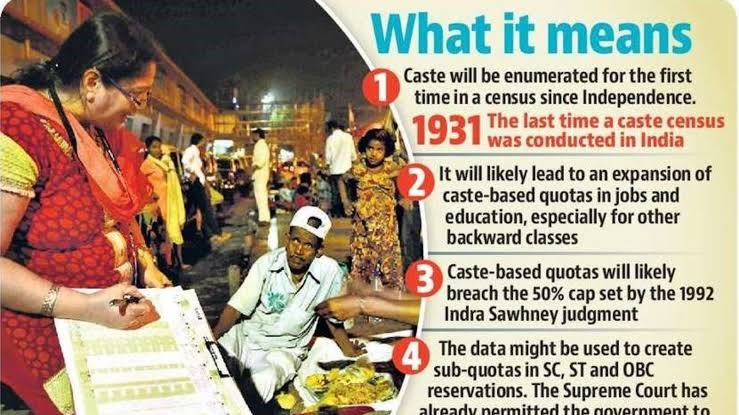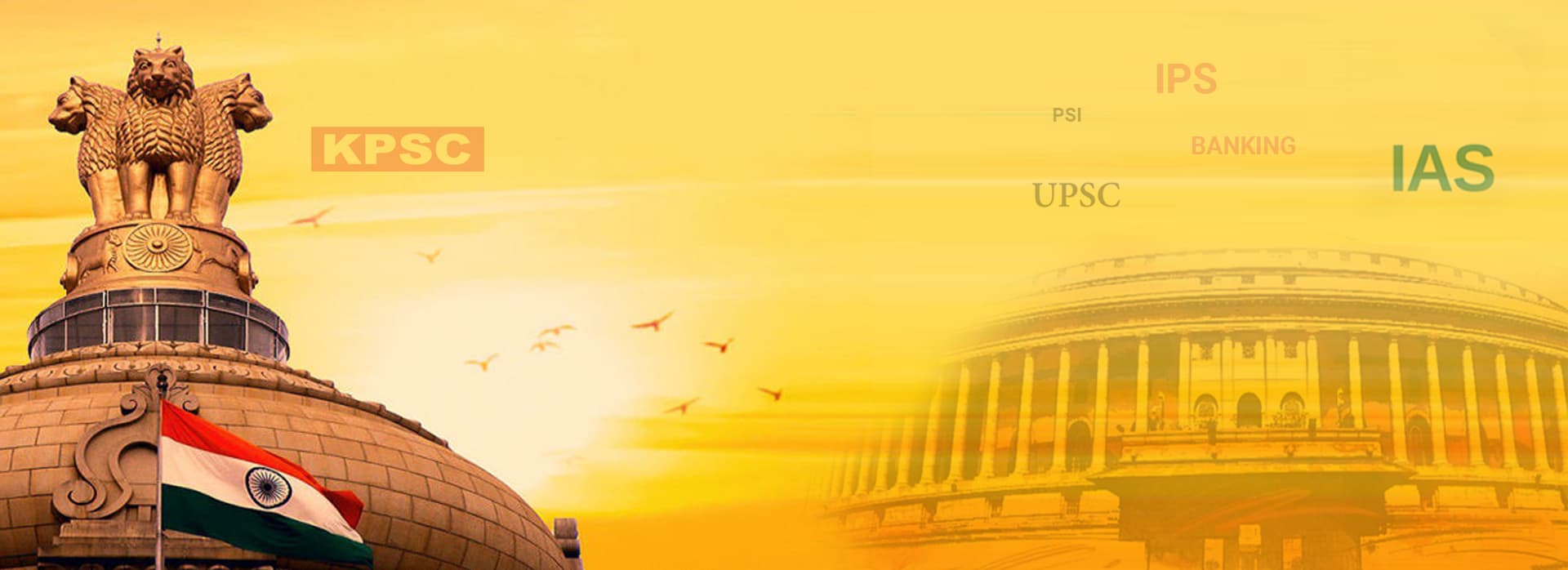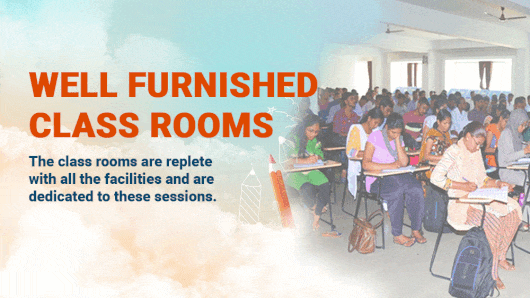CONSENSUS ON CASTE CENSUS
Syllabus:
GS-2:
- Government policies and interventions
- Vulnerable section of the society
Why in the News?
The Union Government recently agreed to conduct a caste census as part of the decadal Census, reflecting political opportunism rather than a commitment to social justice.

HISTORY OF MANDAL POLITICS
- OBC Mobilization: The Mandal Commission empowered backward castes by legitimizing demands for representation, despite protests from upper castes and urban elite institutions.
- Elite Resistance: The post-Mandal backlash revealed deep caste biases within dominant institutions like judiciary, media, and bureaucracy resisting redistribution of power and resources.
- Political Betrayal: Many parties, after initial gains from Mandal politics, abandoned OBC-centric agendas and failed to bring structural change in caste hierarchies.
- EWS Diversion: Introduction of EWS reservations diluted the caste-based affirmative action framework, ignoring historical social discrimination faced by backward communities.
- Institutional Failure: Mandal-era ideals lacked institutional follow-through, leaving the vision of inclusive governance and proportional representation incomplete.
BJP’S POLITICAL APPROPRIATION STRATEGY
- Strategic Shift: BJP strategically embraced caste census after resisting it, aiming to counter opposition narratives and appeal to backward caste voters.
- Symbolic Identity: The PM’s self-identification as an OBC leader serves as a symbolic inclusion, with limited impact on actual policy transformation.
- Congress Critique: BJP criticized Congress for neglecting leaders like Sitaram Kesri, aiming to portray itself as the true patron of OBC empowerment.
- Issue Neutralization: BJP seeks to deflate opposition agendas by adopting their causes, converting them into administrative issues without radical potential.
- Hindutva Overlay: BJP’s caste outreach remains subordinate to its Hindutva project, preventing deep structural shifts in caste-based inequalities.
CONGRESS AND LOST OPPORTUNITIES
- Weak Campaign: Rahul Gandhi’s campaign for caste census failed to mobilize mass support, reflecting Congress’s weakening organizational strength among backward communities.
- Policy Vacuum: Congress hasn’t proposed clear policy mechanisms to implement caste data, undermining its credibility on social justice.
- Neglected Reforms: Congress never followed through on initiatives like the Equal Opportunity Commission, exposing its wavering commitment to institutional equality.
- Abandoned Narrative: Despite initiating discourse on “jitni abadi, utna haq,” Congress has stopped pushing the issue in recent political campaigns.
- Electoral Setback: Caste census advocacy failed to improve Congress’s electoral performance, indicating a disconnect between narrative and voter base.
LIMITS OF SYMBOLIC CENSUS PROMISE
- No Timeline: The government hasn’t specified when or how caste enumeration will happen, leaving serious doubts about implementation intent.
- Unclear Process: It’s unclear whether caste questions will be part of the Census proper or a standalone socio-economic survey, as in 2011.
- State Undermined: States like Bihar have conducted their own surveys, but the Centre’s vague announcement undermines federal efforts without offering clarity.
- Data Disconnection: Without guarantees on data analysis or usage, enumeration risks becoming a symbolic gesture rather than a tool of policy.
- Delayed Action: There’s no commitment to timeline for publishing caste tables, allowing indefinite delays and bureaucratic inaction.
BARRIERS TO SOCIAL JUSTICE PATHWAYS
- Dominant Capture: Dominant OBC groups and upper castes may resist redistributive outcomes, leading to elite capture of reservation benefits.
- Tokenism Prevails: BJP’s caste politics is more performative than transformative, lacking commitment to structural redistribution of power and resources.
- Congress Drift: Congress’s incoherent messaging and policy gaps show inattention to caste inequities, weakening opposition credibility.
- Intra-OBC Gaps: Calls for “hissedari” ignore divisions within OBCs, where elite subgroups monopolize state benefits over marginalized subgroups.
- Stalled Mobilization: With political disinterest growing, caste justice movements face a vacuum, making grassroots mobilization harder.
MISSING POLICY INSTITUTIONS AND MECHANISMS
- EO Commission: The long-demanded Equal Opportunity Commission remains a non-starter, stalling progress on anti-discrimination policy frameworks.
- No Legal Mandate: There’s no law backing caste census execution, leaving the project exposed to administrative inertia or political sabotage.
- Ambiguous Usage: No clarity exists on how caste data will be used for welfare schemes, making it prone to manipulation.
- Sub-Categorization Delay: Efforts to sub-divide OBCs in the central list have stalled, hurting equitable reservation distribution.
- Capacity Gaps: Census mechanisms lack readiness for handling complex caste data, risking inaccurate collection or politicized interpretation.
FUTURE OF CASTE POLITICS IN INDIA
- Shaky Unity: The current consensus hides deep ideological conflicts, risking collapse once real redistribution debates begin.
- Policy Vacuum: Without follow-through, caste census will not alter reservation structures or improve socio-economic mobility for marginalized communities.
- Regional Divergence: Bihar, Tamil Nadu, and Telangana may push harder, creating friction with central policies and political priorities.
- Judicial Scrutiny: Future challenges over reservation redistribution may attract judicial intervention, potentially stalling policy innovation.
- Grassroots Push: Social movements may again lead the charge, demanding data transparency, representation, and affirmative justice mechanisms.
CONCLUSION
The caste census, once envisioned as a tool of justice, risks becoming another symbolic compromise. Without structural follow-through, it will fail to redistribute power or ensure institutional equality. Both BJP and Congress seem unwilling to challenge existing caste hierarchies, instead seeking short-term electoral gains.
UPSC MAINS PRACTICE QUESTION
Q. The idea of caste census has resurfaced in Indian political discourse. Critically analyze its potential as a tool for social justice and the limitations of current political consensus. (250 words)






